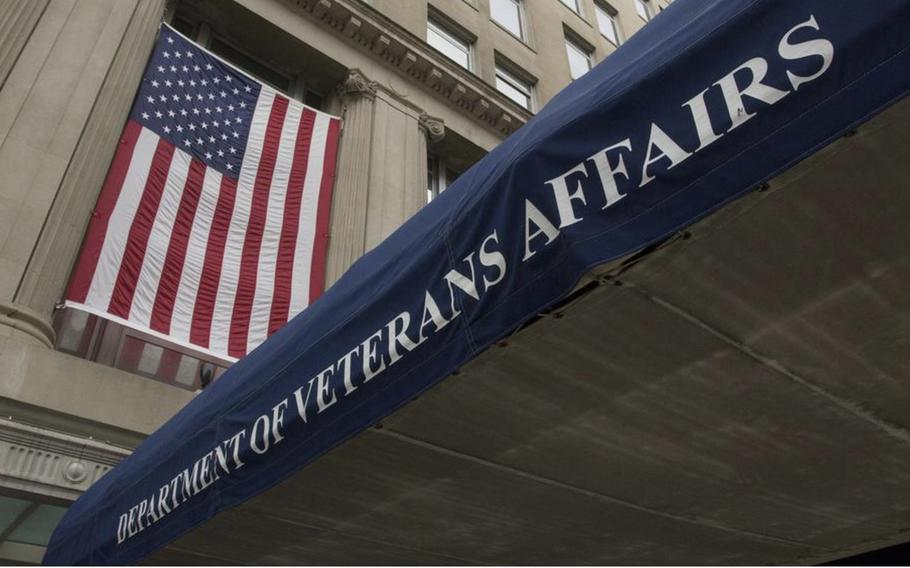
The Department of Veterans Affairs is proposing a $369 billion budget for fiscal 2025. About two-thirds of the VA’s budget covers mandatory spending, including payments for benefits and pensions that the agency is required to fund under the law. (Stars and Stripes)
WASHINGTON — The Department of Veterans Affairs is proposing a $369.3 billion spending plan for fiscal 2025 that is about 12% higher than last year and includes nearly $25 billion for a toxic exposures fund that compensates veterans diagnosed with medical conditions from contact with burn pits, radiation and other environmental hazards.
The 2025 budget provides “robust funding” for VA Secretary Denis McDonough’s top priorities, the VA said when it released the blueprint Monday afternoon.
The overall budget is $33 billion more than the current year’s spending plan and prioritizes increased funding and resources for health care, disability compensation and upkeep at VA facilities, McDonough said.
The VA spending plan anticipates a reduction in VA staff in 2025. The administration’s request is for 448,170 full-time employees, which is 10,000 fewer workers than 2024 estimates.
Most of the staffing decreases are expected to be in the Veterans Health Administration. The spending plan identified decreases in areas that include medical services, medical support and medical facilities, among others.
The VA did not provide estimates on how salaries and wages will be affected by the decrease in staffing levels.
But it is projecting that its total cost to deliver medical care in 2025 will be $138.6 billion, down from the 2024 estimated cost of $142.5 billion. The projected cost includes mandatory and discretionary spending, the VA said.
The budget also requests $2.8 billion for updating and improving VA health care facilities, including some hospitals that are more than 50 years old.
Two-thirds of the VA’s $369 billion budget is for mandatory funding, which is government spending required by law.
For the VA, mandatory funding spans health care, disability compensation payouts and pensions, housing and insurance programs, as well as medical facility leases for a total of $210 billion.
The toxic exposures fund adds another $25 billion — or $5 billion more than the 2024 request — for delivering health care services and payouts to affected veterans, as mandated by the Sergeant First Class Heath Robinson Honoring our Promise to Address Comprehensive Toxics Act, or PACT Act, which became law in August 2022.
“VHA is working to treat more veterans affected by military environmental exposure, conduct additional research on military environmental exposures, and implement the authorities included in the act to ensure VA hires and retains the best staff possible to treat affected veterans,” McDonough said in his statement on the budget.
Mandatory funding is expected to total more than $235 billion in 2025, a 21% increase from the $182 billion requested in 2024.
The VA expects to provide disability compensation benefits to 7 million veterans and their survivors in 2025. It also will administer pension benefits to more than 224,000 veterans and their survivors.
The budget includes $3.2 billion for various programs to end homelessness among veterans — up by $42 million from 2024.
The request includes a voucher program under a partnership with the Department of Housing and Urban Development that provides veterans with rental assistance vouchers, along with case management and clinical services.
Services for aging and disabled veterans who are homeless or at risk of homelessness will also be increased.
Approximately $17 billion is proposed for mental health care, $13.7 billion for female veterans’ health services, and $583 million for suicide prevention program that includes funding the 24-hour veterans crisis hotline.
The VA described suicide as its top clinical priority. Prevention efforts span $583 million in outreach programs, up by $11.6 million from 2024.